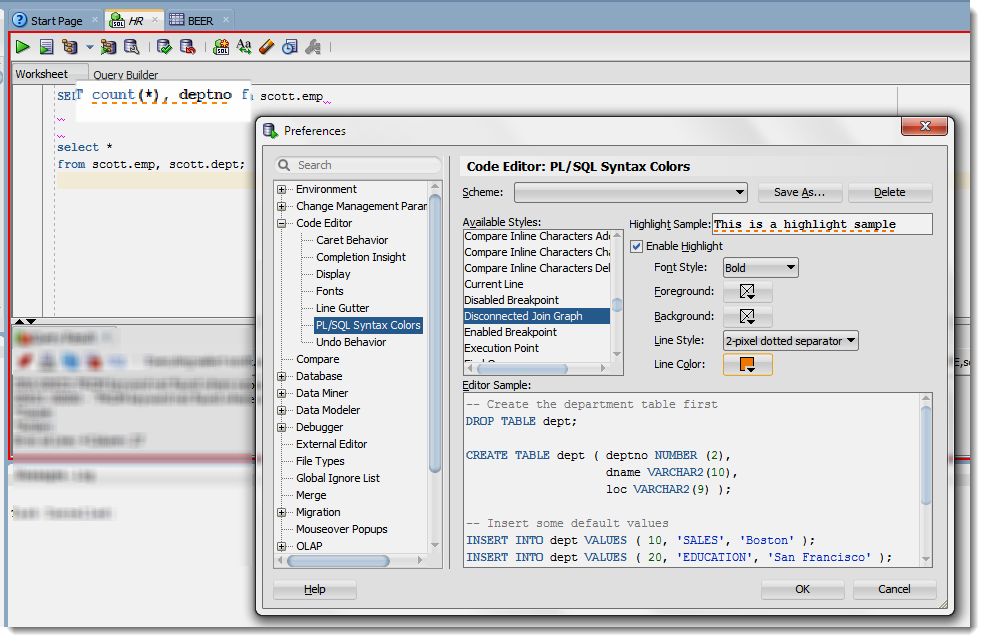


An atomic system must guarantee atomicity in each and every situation, including power failures, errors, and crashes. Atomicity requires that each transaction be “all or nothing”: if one part of the transaction fails, the entire transaction fails, and the database state is left unchanged. Or even more concisely, in MySQL this can be: SELECT DISTINCT Salary FROM Employee ORDER BY Salary DESC LIMIT 9,1 Īnd in PostgreSQL this can be: SELECT DISTINCT Salary FROM Employee ORDER BY Salary DESC LIMIT 1 OFFSET 9 ĪCID (Atomicity, Consistency, Isolation, Durability) is a set of properties that guarantee that database transactions are processed reliably. SELECT DISTINCT Salary FROM Employee ORDER BY Salary DESC LIMIT 10 For example, MySQL and PostreSQL use the LIMIT keyword, as follows: SELECT Salary FROM Not all databases support the TOP keyword. Therefore, the second query reorders the 10 records in ascending order (which the default sort order) and then selects the top record (which will now be the lowest of those 10 salaries). That was necessary for the first query to work, but now picking the top 1 from that list will give you the highest salary not the the 10th highest salary. However, those salaries will be listed in descending order. SELECT DISTINCT TOP (10) Salary FROM Employee ORDER BY Salary DESCįirst, the SELECT DISTINCT TOP (10) Salary FROM Employee ORDER BY Salary DESC query will select the top 10 salaried employees in the table. This can be done as follows: SELECT TOP (1) Salary FROM Note that a CROSS JOIN can either be specified using the CROSS JOIN syntax (“explicit join notation”) or (b) listing the tables in the FROM clause separated by commas without using a WHERE clause to supply join criteria (“implicit join notation”).
#Oracle sql developer filter syntax full#
Conceptually, a FULL JOIN combines the effect of applying both a LEFT JOIN and a RIGHT JOIN i.e., its result set is equivalent to performing a UNION of the results of left and right outer queries.ĬROSS JOIN: Returns all records where each row from the first table is combined with each row from the second table (i.e., returns the Cartesian product of the sets of rows from the joined tables). This means that if the ON clause doesn’t match any records in the left table, the JOIN will still return a row in the result for that record in the right table, but with NULL in each column from the left table.įULL JOIN (or FULL OUTER JOIN): Returns all rows for which there is a match in EITHER of the tables. This is the exact opposite of a LEFT JOIN i.e., the results will contain all records from the right table, even if the JOIN condition doesn’t find any matching records in the left table. RIGHT JOIN (or RIGHT OUTER JOIN): Returns all rows from the right table, and the matched rows from the left table.

This means that if the ON clause doesn’t match any records in the right table, the JOIN will still return a row in the result for that record in the left table, but with NULL in each column from the right table. LEFT JOIN (or LEFT OUTER JOIN): Returns all rows from the left table, and the matched rows from the right table i.e., the results will contain all records from the left table, even if the JOIN condition doesn’t find any matching records in the right table. This is the default type of join if no specific JOIN type is specified. “simple join”): Returns all rows for which there is at least one match in BOTH tables. ANSI-standard SQL specifies five types of JOIN clauses as follows:


 0 kommentar(er)
0 kommentar(er)
